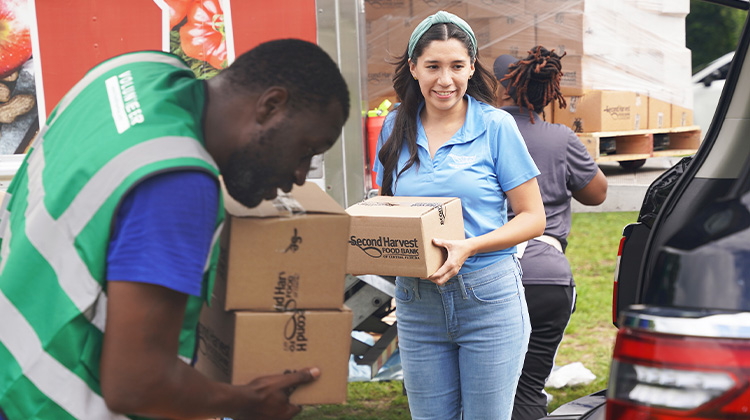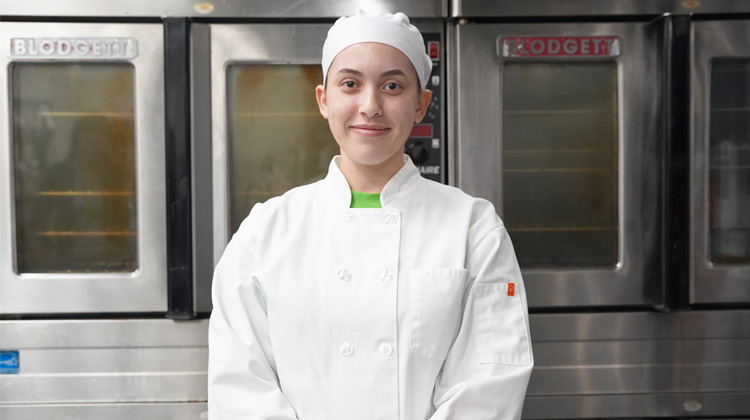
Leonor recently visited Our Lady of Hope Food Pantry in Port Orange for the first time.
Her vehicle broke down, causing her family an unexpected major expense, leaving little money leftover for food.
“It’s so helpful considering my circumstances of today,” she said. “Everything is so expensive, and rent is high.”
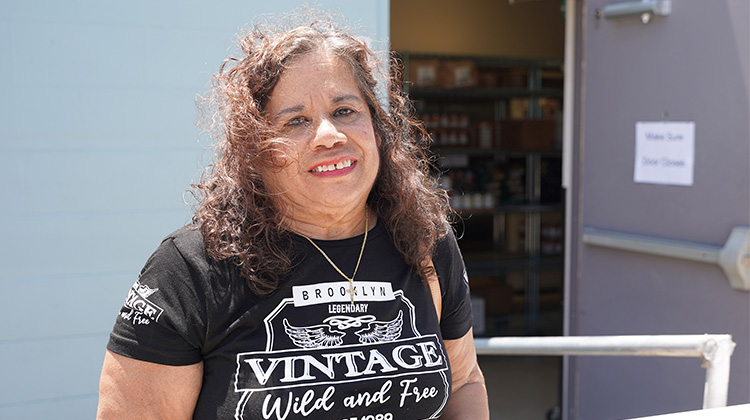
Many Central Florida neighbors are just one unexpected expense or emergency away from becoming food insecure. With household budgets already stretched thin, a vehicle repair, medical bill or appliance replacement can send things into financial chaos.
Food distributions at feeding partners like Our Lady of Hope help bridge the gap so neighbors don’t have to choose between eating and paying a bill. Second Harvest Food Bank of Central Florida supports more than 870 feeding partners across seven counties.
When Steve Gross took over the day-to-day operations Our Lady of Hope, he saw opportunities for the organization to serve more families. He said people had to wait too long to receive food, and the pantry space and procedures were not maximized to distribute food as quickly or efficiently as possible.

“I recognized the need in the community, and the things we needed to fix,” he said. “For a lot of them, it’s eating or paying a utility bill, so it’s important that we step in.”
He said his passion is in helping people like Leonor, who are working hard but not able to afford the basics, especially if something unexpected arises.
“These younger families, the adults are working and it’s still not enough,” Steve said.
He said the pantry’s traffic is increasing and demographics are changing, and Our Lady of Hope also serves many seniors and community members experiencing homelessness. He recalled a distribution where people were outside standing in the rain waiting for food for a long time and knew he could not allow that.

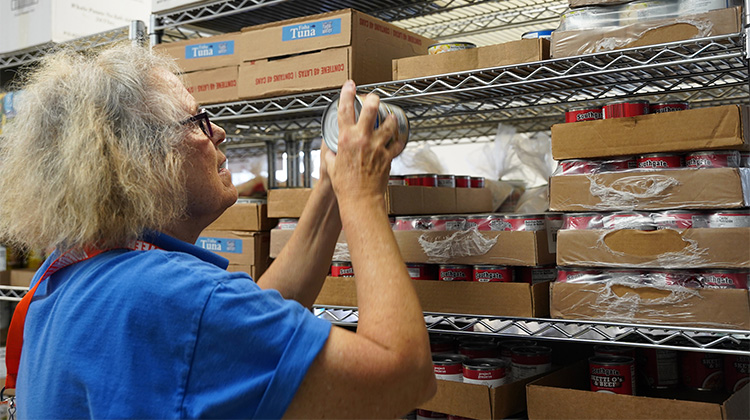
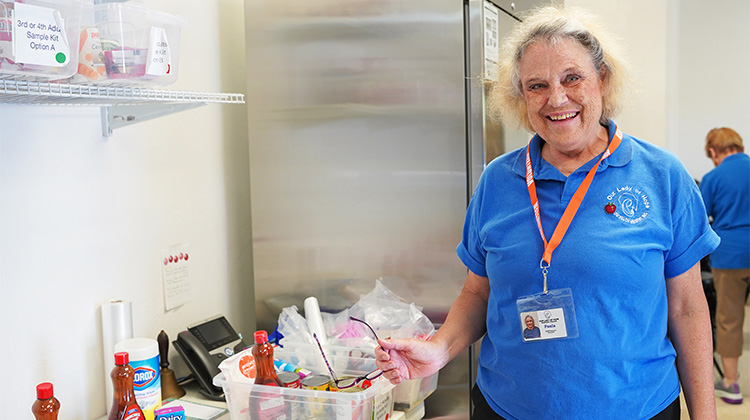
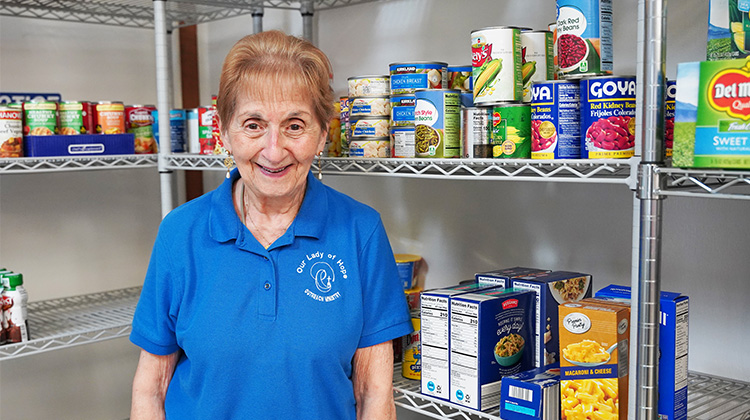
Steve led the effort of reconfiguring the inside of the pantry to maximize storage capacity. He also implemented a kit system, where bags of food for various household sizes are pre-made and ready for distribution instead of everything being gathered in the moment.
Other changes, like refrigerators and freezers designed for food distribution and small cans with pull tabs for kids to open when parents aren’t home, also were made to accommodate the needs of the community and the pantry.
“We got a new commercial freezer, doubled the shelving units, and changed to the kit process,” he said. “Doing it on a micro level impacts the big picture. We totally revamped.”
The pantry distributes food five days a week and can serve about 45 families each time, an increase from 20-25 from before changes were implemented.
“We had 17 people in and out in 40 minutes, and it would have taken hours before,” Steve explained.

Steve’s wife Roxanne helps run the pantry and has taken over a lot of the ordering. She also interacts with the neighbors and helps with distributions.
She said she was nervous about the role at first, but has since found it something she feels compelled to do because she cares so much about fighting hunger in the community.
“The (neighbors) look at you and thank you and they cry in relief, and you know it’s where you need to be,” Roxanne said.



